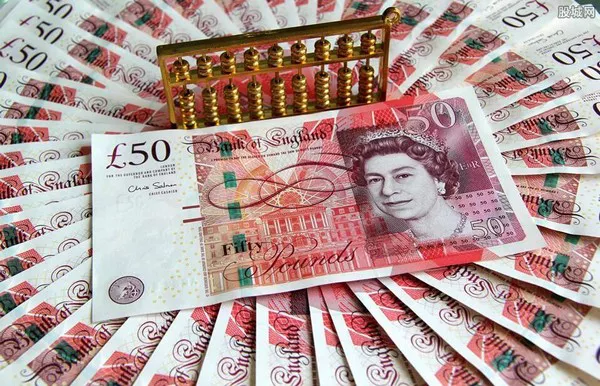The pound symbol, denoted by the letter “£,” is instantly recognizable as the currency symbol for the British pound sterling. But have you ever wondered why this particular symbol was chosen to represent the pound? In this article, we will explore the origins and historical significance of £ as the pound symbol.
1. Historical Background
The use of symbols to represent currencies dates back centuries. In medieval times, when trade and commerce were flourishing, merchants needed a way to denote different types of currency to facilitate transactions. This led to the development of currency symbols, which varied from region to region.
2. The Evolution of the Pound Symbol
The pound symbol has undergone a fascinating evolution. Its origins can be traced back to ancient Rome when the unit of weight known as the libra was represented by the letter “℔.” This symbol resembled an uppercase “L” with a horizontal line through it.
Over time, as the concept of currency developed, the libra symbol was repurposed to represent the British pound. The symbol went through several transformations before it eventually evolved into the £ we know today.
3. The Symbol’s Transformation
The transformation of the libra symbol into £ involved the combination of elements from various sources. The horizontal line through the “L” was retained, but the “L” shape gradually transformed into a letter “F.” This change likely occurred due to the influence of Carolingian minuscule script, a script used in medieval Europe.
The horizontal line through the “F” eventually curved and connected with the vertical stroke, creating a distinctive shape resembling the £ symbol. This evolution was likely influenced by the abbreviation “lb” used to represent pounds in weight, with the “lb” abbreviation being derived from the Latin word “libra.”
4. The Adoption of £ as the Pound Symbol
The adoption of £ as the official symbol for the British pound sterling can be attributed to historical events and cultural factors. During the reign of King Henry II in the 12th century, England established the Tower pound as its standard unit of currency. This pound was equivalent to 5400 grains of silver and became the basis for the pound sterling.
At this time, the currency symbol £ started to appear in written records, such as legal and financial documents. The symbol’s adoption gained further momentum during the reign of Queen Elizabeth I in the 16th century when the pound sterling became firmly established as the currency of England.
5. Cultural and Linguistic Influences
The adoption of £ as the pound symbol was also influenced by cultural and linguistic factors. The pound symbol’s resemblance to the letter “L” is not coincidental. The letter “L” was the abbreviation for the Latin word “libra,” which meant pound weight. This connection likely played a role in the transformation of the libra symbol into £ and its association with the pound.
Additionally, the letter “L” had linguistic significance in various European languages. For instance, in French, the word for pound is “livre,” which also begins with the letter “L.” This linguistic association may have contributed to the adoption of £ as the pound symbol in English-speaking countries.
6. International Adoption
Over time, £ as the pound symbol gained international recognition and was adopted by other countries and territories influenced by British currency systems. Today, besides the United Kingdom, the pound symbol is used in other regions such as Gibraltar, the Falkland Islands, and the British Virgin Islands.
7. Contemporary Usage
In contemporary usage, the pound symbol £ is widely recognized as the currency symbol for the British pound sterling. It appears on banknotes, coins, financial documents, and currency exchange rates. Its prominence in international financial markets and the global economy has solidified its association with the British currency.
Conclusion
The choice of £ as the pound symbol for the British pound sterling has deep historical and cultural roots. Its evolution from the ancient libra symbol to its present form is a testament to the ever-changing nature of symbols and their adaptation to fit the needs of commerce and communication.
Understanding the origins and significance of £ helps us appreciate the historical context and cultural influences that shape the symbols we encounter daily. So, the next time you see the £ symbol, you can reflect on its journey through time and its role as a representation of the British pound sterling.
Related Topics:
- Understanding Today’s Exchange Rate: Pound to Euro
- UK wage growth picks up, pushes pound to session high
- From Pounds to Rands: You Need to Know


